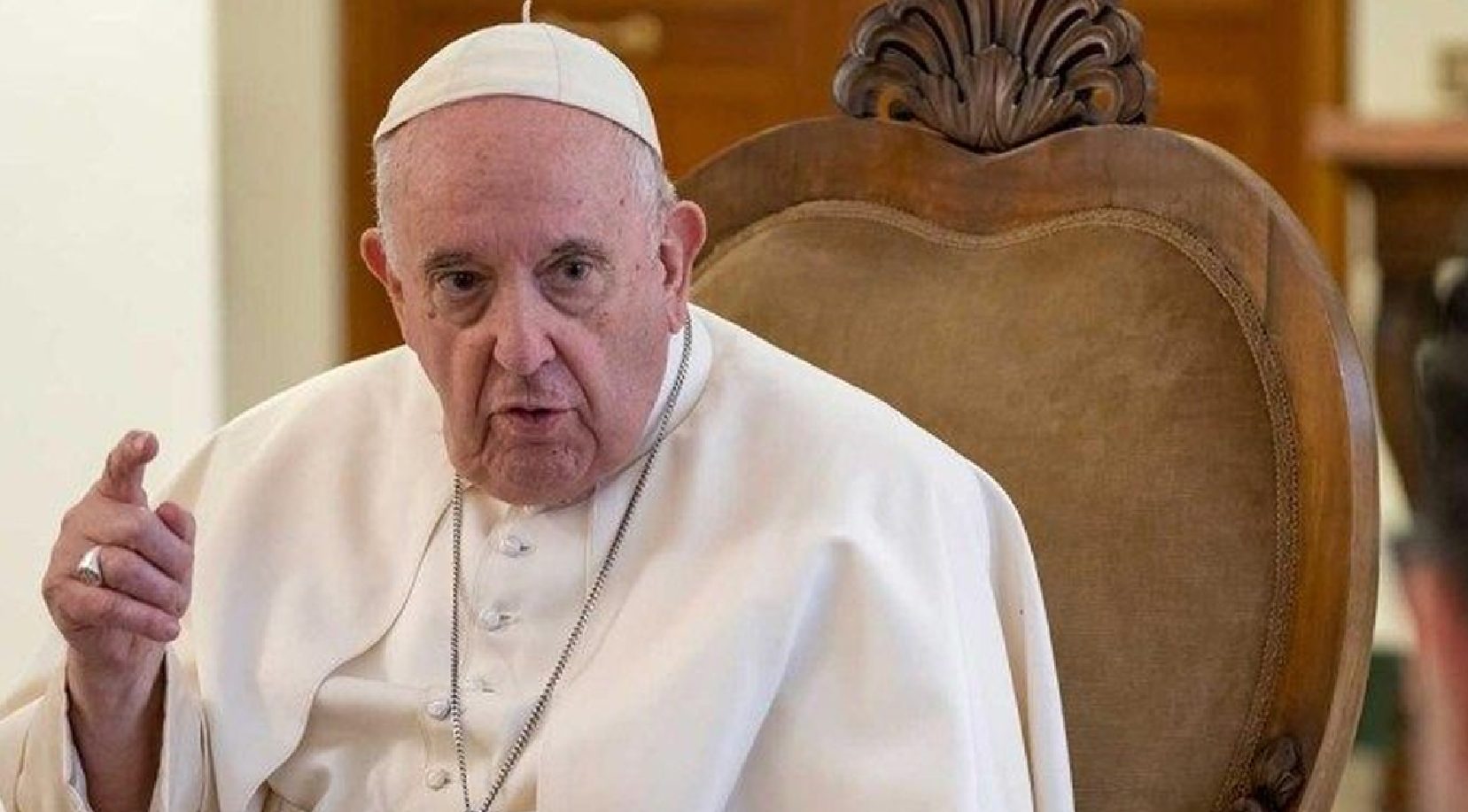(ZENIT News / Rome, 22.07.2024).- By Pope Francis’s decision, made public on Monday, July 22, from August 25, 2025, Buenos Aires, Argentina’s capital, will lose the title of the country’s Primate Archdiocese. Days later, from September 7, the Diocese of Santiago del Estero will begin to bear the title of Primate Archdiocese of Argentina.
The Holy Father’s decision was communicated jointly by the Archbishop of Buenos Aires, Monsignor Jorge Ignacio García Cuerva, and the Bishop of Santiago del Estero, Monsignor Vicente Bokalic Iglic, in a letter to the faithful of their respective dioceses.
A Primate Diocese is a diocese that has a preeminent position or leadership in the Catholic Church in a region or country. This special position is occupied by a Bishop who bears the title of “Primate.” The term and function of a Primate Diocese can vary according to the ecclesiastical tradition of each country.
Here are some key characteristics:
1.Honorific Primacy: A Primate Diocese generally has a Primacy of Honour over other dioceses in a specific region or nation. This does not imply necessarily a direct legal or administrative authority over the other dioceses, but a recognition of its historical or symbolic importance.
2.Primate Archbishop: A Bishop who directs a Primate Diocese usually bears the title “Primate Archbishop” or simply “Primate.” This title is honorific and doesn’t imply jurisdictional power over other Bishops, although in some circumstances he can have certain responsibilities of coordination.
3.Historical and Cultural Importance: The Primate Dioceses are usually those that have a special historical, cultural or spiritual relevance. They can be the first Dioceses established in a region, have a Cathedral of particular significance, or be associated with important events in the history of the Church.
Although the title of Primate confers a status of honour and can include certain ceremonial and representative roles, the specific responsibilities of a Primate can vary:
-Representation: The Primate can represent the Church in his country in national or international events.
-Coordination: He can play a role in the coordination of ecclesial activities at the national level.
-History and Tradition: He maintains and promotes the history and traditions of the Church in his region.
Here is the joint press release of the Bishops of the two Dioceses implicated:
* * *
Dear Brothers:
As Pastors of the Churches of Buenos Aires and Santiago del Estero we want to share with all of you this special moment in the life of our diocesan communities. The Holy Father Francis, executing an important reparation in the ecclesiastical history of our Fatherland, has decided to transfer to Santiago del Estero the Primate See of the Argentine Republic, title of honour that, since 1936 until today, Buenos Aires bore.
We understand, in the first place, that it is an honorific distinction, reserved for the first diocese in a national territory, which does not bear with it any jurisdictional change in the Argentine ecclesiastical organization (cf. Canon 438 of the Code of Canon Law).
The papal decision of the transfer has its historical foundation in the fact that, in 1570, Saint Pius V created the then called Diocese of Tucumán, with headquarters in what today is the former city of Santiago del Estero.
This happened as a result that, in 1563, by disposition of the King of Spain, the former Tucumán was separated from Chile’s jurisdiction and passed to depend on the Audience of Charcas. The papal document that created that new ecclesiastical jurisdiction, to attend pastorally the territory split off from Chile, is dated May 14, 1570. Since the beginning, the then Diocese of Tucumán included [the now Provinces of] Córdoba, La Rioja, Catamarca, Tucumán, Santiago del Estero, Salta, Jujuy, Tarija and Nueva Orán. The Cathedral of this first Diocese, of what would later be the Republic of Argentina, was the Church of Saint Peter and Saint Paul, located in the territory of today’s Diocese of Santiago del Estero.
In 1699, upon the establishment of the Episcopal See in the City of Córdoba, the territory of the primitive Diocese of Tucumán was subsumed.
Only in 1907 the present Diocese of Santiago del Estero was created, in whose territory the former and first Episcopal See of Tucumán had functioned, where for the first time, in the voice of a Successor of the Apostles, the Lord’s Gospel resounded in these lands which in the future would be Argentina.
It is in honour of this that Pope Francis transfers today the Primate See of Argentina to the Church of Santiago del Estero, as in 1936 , Pius XI had elevated Buenos Aires to the Primate See for being the first Archbishopric, but not the first of the Dioceses in the Argentine territory.
As your Bishops, we invite you to live this papal decision with the profound joy of living in the truth, which always makes us free and, in addition, as an invitation to have an integrating look on the national territory in a renewed federal purpose, even from the ecclesial structure.
For centuries Santiago del Estero, which bore the glorious title of “Mother of Cities,” and was chosen to be the center of the of diffusion of the Gospel, is also “Mother of Dioceses” in the Argentine Republic; hence, there are plenty of reasons to honour her as the Primate See.
We bless you affectionately and ask the Most Holy Virgin Mary, who dispenses her maternal tenderness through the Advocations of Sumampa and Luján, united in their origin for four centuries, may guide us to begin together this new path that opens for the Church in our Nation.
July 22 of the Year of Our Lord 2024.
+ VICENTE BOKALIC IGLIC, C,M. + JORGE IGNACIO GARCÍA CUERVA



